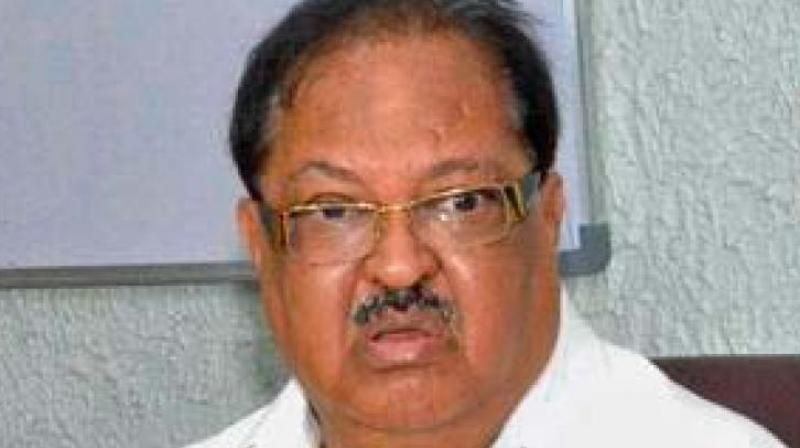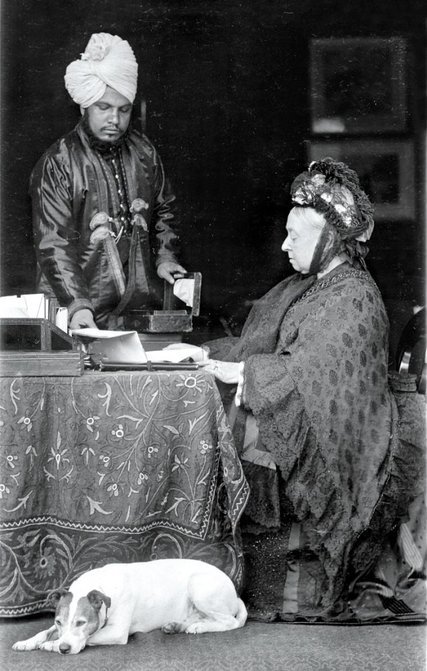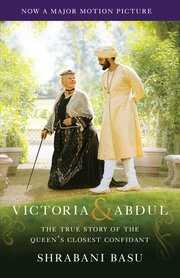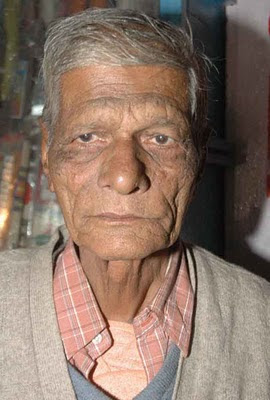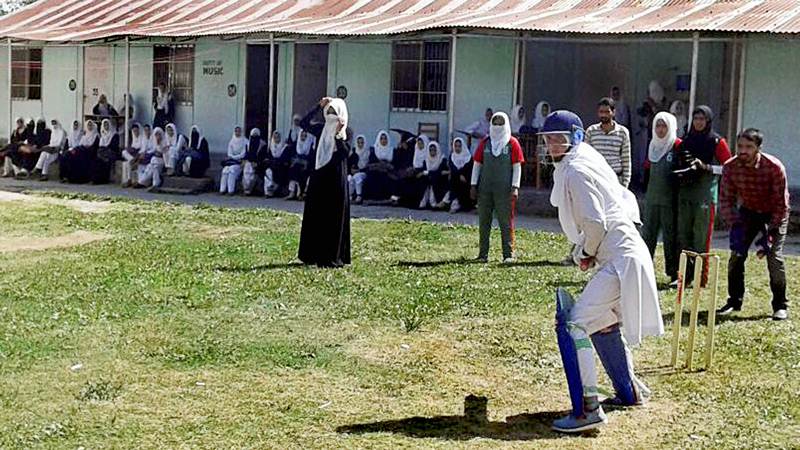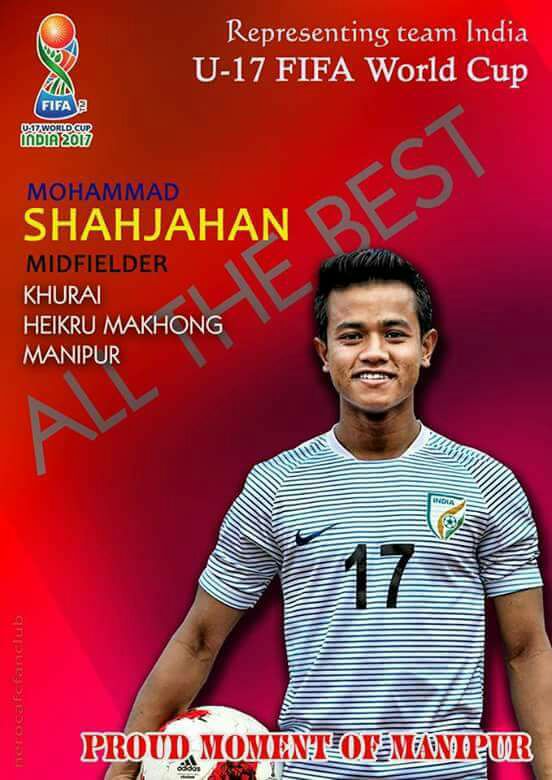NEW DELHI :
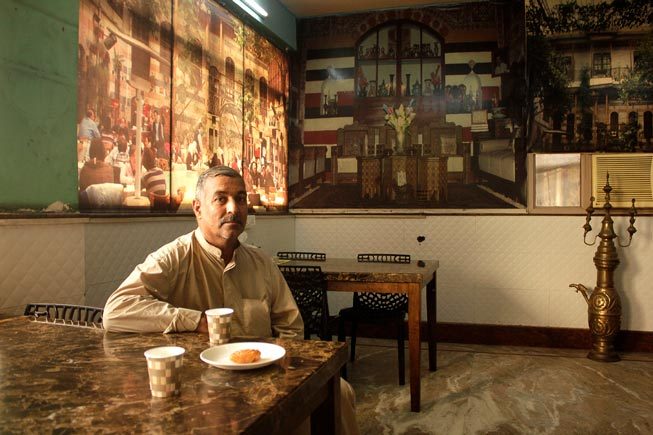
When I walked into Asharq al-Awsat on a morning in early July, a man named Anas was praising Abdullah, the restaurant’s head chef, for helping him feel like he was back in his native Syria. Anas’s praise was prompted by Abdullah’s kibbeh labaniyeh—a yoghurt-based meat dish that is a staple of Arab cooking.
Like many of the guests who frequent Asharq al-Awsat, Anas was receiving treatment at a medical centre nearby. Over the past several years, Sarita Vihar has become a hub for medical tourists from all over the world, especially West Asia, who come to receive affordable medical treatment at private hospitals in the neighbourhood. While here, many patients from West Asia yearn for a taste of home, particularly because the food they are accustomed to is much less spicy than Indian food. Responding to this need, Asharq al-Awsat—which translates to “the Middle East” in Arabic—serves up Arab food in a setting that almost makes you forget that you are in India.
Asharq al-Awsat is on the fourth floor of Om Palace, a guest house in an area of Sarita Vihar dotted with lodging for medical tourists. The restaurant’s wallpaper bears images of Beit Jabri—a large, iconic restaurant in Damascus. An Arabic news channel plays on a small television. The restaurant’s patrons are typically Arabs wearing off-white thawbs and joking loudly in Arabic. But these jolly surroundings belie the difficulties faced by many of the restaurant’s patrons and staff.
Abdullah used to work as a chef in Damascus, but he and his family fled the ongoing Syrian civil war in 2011, leaving for Delhi. “Other than the war, there’s no other reason I would ever leave Syria,” he said. He lost two brothers in the war.
Two years after leaving Syria, Abdullah began work at Asharq al-Awsat. The restaurant was founded by Sohaib Kamal, an Indian man from Rajasthan, who studied Arabic and Farsi in a madrasa in old Delhi. He was inspired to open the restaurant in 2013, he told me, after he visited Om Palace—which, at the time, had an Indian restaurant on the fourth floor. Kamal spoke to many West Asian medical tourists staying at the hotel who were struggling to stomach the restaurant’s spicy food. “When I met a few Iraqis here once, they complained, ‘Coming to India was such a mistake—there’s nothing to eat here! I can’t even drink tea here, because I’m afraid it could be spicy,’” Kamal recounted, when I met him at Asharq al-Awsat. “They were so distressed and hungry all the time, and would end up eating biscuits and curd for meals.” Kamal spoke to the owners of the Indian restaurant and asked if he could start a restaurant there that served Arab cuisine. The owners agreed to rent out their kitchen, and Kamal opened his restaurant.
One day, about a month after Kamal rented out the fourth-floor space, Abdullah, who was at Om Palace to meet someone, stormed into the restaurant’s kitchen. “Who made this? This is not how you make kabsa!” Kamal remembered him saying. Abdullah then proceeded to show the cook—an Indian, and a personal friend of Kamal—how to make chicken kabsa, a popular Arab dish. Abdullah then, Kamal said, offered to help the restaurant in any way he could. “I was excited, because no other restaurant in Delhi has an Arab chef,” Kamal said. Before Abdullah came along, Kamal added, “We had been learning the cuisine off the internet and through other ad-hoc methods.” The chef at whom Abdullah had snapped on that fateful day became his assistant, and, “to date, he continues to learn from Abdullah,” Kamal said. Even the restaurant’s name bears Abdullah’s stamp—Kamal had not settled on a name for the place until the Syrian cook came along. They eventually decided on “Asharq al-Awsat” because it was the name of the restaurant where Abdullah worked as a chef in Damascus.
For the past few months, however, business has been bad at Asharq al-Awsat. “Sometimes this happens,” Kamal said. “We are mostly dependent on foreign medical patients—not many Indians come here, because we don’t serve any Indian food.” Faced with this downturn, the team decided to open another restaurant, in the more centralised location of New Friends Colony, opposite the Fortis Escort Heart Institute. Called MEC Syrian Food (the MEC stands for “Middle Eastern Cuisine”), this restaurant has been doing much better than Asharq al-Awsat, as it is frequented by Indian students from nearby universities.
I visited MEC Syrian Food a few days after it had opened, in late June. There, I met Abu Tarikh—the restaurant’s manager, who has also been Asharq’s manager for over a year. The walls had just been decorated with tiles inscribed with Arabic lettering. Some tables were draped with Persian rugs.
Tarikh, like Abdullah, is a Syrian refugee. He fled Damascus with his family in 2015, after both his home and the mobile-accessories shop he owned were destroyed in the war. He and his family initially moved to Mumbai, but they only stayed there for 20 days before Tarikh realised it “was not for him.” They moved to Delhi after that, he told me, and he is much happier here; he “understands things” in this city, and thinks that the “people here are good.”
It has not all been smooth sailing for Tarikh, though. He speaks some English but no Hindi at all, except for the few functional words which help him communicate with autorickshaw drivers and customers. This means, he said, that “one day’s work sometimes takes ten days. Nobody here understands me as they do back home.” But “I like India in general,” he added. “I have many Indian friends.”
Abdullah has had more trouble adjusting to life in Delhi. He finds the language barrier even more difficult to deal with than Tarikh does, since he barely knows any English or Hindi. “I left my home in Damascus because the entire country was in dire straits; but even here, I don’t know anybody, and I’m facing just as many troubles,” he said. “I don’t like it here at all. But I’m helpless, what can I do?”
In Abdullah’s ideal world, he would migrate to the United States. In India, he said, “there are no facilities. Even if you work for 24 hours a day, you can’t earn enough to take care of your children—everything is so expensive.” Also, he said, “Indians don’t like my food, because they eat such spicy food. I can make at least 80 types of Arabic food, but unfortunately, I have to limit myself to four, five types of dishes. It’s very frustrating.” He told me he has applied for a US visa, but has not heard back.
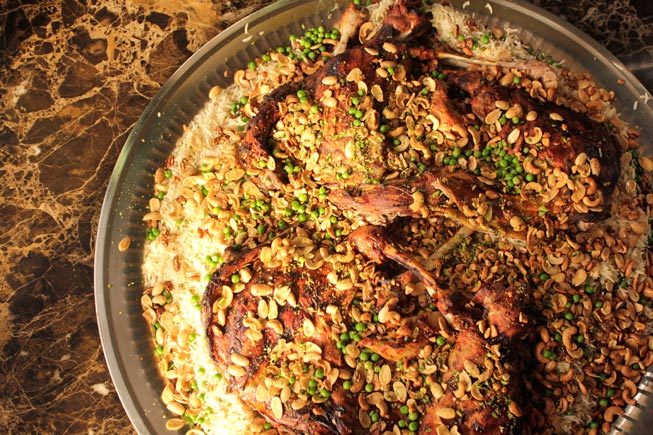
When I first met Abdullah, it was rush hour at Asharq al-Awsat. Each day, the Palestinian embassy places an order with the restaurant for mansaf—an elaborate dish of lamb cooked on top of a layer of flatbread and rice in a yoghurt-based sauce, decorated with pine nuts and almonds. His enthusiasm was palpable as he spun around the kitchen, grilling meat, assigning tasks to employees, bringing various dishes to boil.
But, shortly after that, during a smoke break outside the restaurant, he confessed, “Honestly, here, I am just going about my days, not even living. I am barely existing, with no end in sight.”
Anisha Sircar is an intern at The Caravan.
source: http://www.caravanmagazine.in / The Caravan / Home> Reporting & Essays> The Lede / by Anisha Sircar / September 01st, 2017
